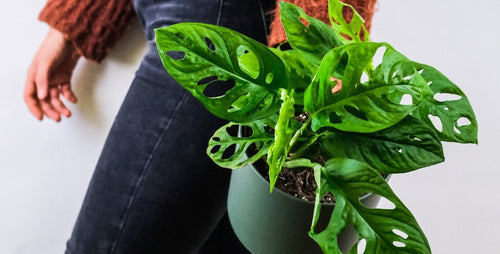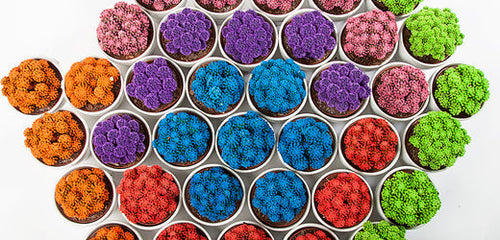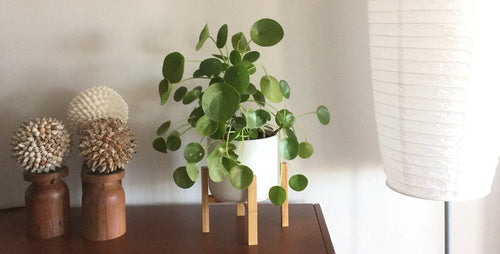Stress is a complicated thing. It provides motivation to do positive things, like getting dressed in the morning instead of staying in my jammies all day--I work from home, so I could do that. But motivation’s evil twin, stress, is what creates the fight or flight reflex, producing the hormone cortisol, which makes me want to eat ice cream instead of salad for dinner. The reaction to stress is controllable. Stress can drip, drip, drip like a faucet or it can come at you full force like a firehose. But the good news is that we control the valve. A recent article from the Huffington Post listed 20 things that you can do to de-stress. Being an instant-gratification type, I cherry-picked my favorite three because these are already things I do. And they involve plants. Read the whole article here.
1. Take a breath
I’ve taken yoga for years and one of the first things you learn is how to breathe in a way that is totally relaxing. According to WebMD, “Breathing exercises can help you relax, because they make your body feel like it does when you are already relaxed.” A few deep breaths help you reduce tension and relieve stress. It also gives you an oxygen boost. Quite simply, a deep breath calms you down. Another healthy way to de-stress? Breathing clean air. Houseplants filter small amounts of VOCs (volatile organic compounds, which are common pollutants, from the air).
2. Get a plant
I loved that the Huffington Post article recommended getting a plant as a step toward de-stressing. Done and done. If there is a ratio that equates the number of plants one owns with their quality of mental health, I’m in good shape. I subscribe to the “more is better” philosophy when it comes to plants. “Researchers have found that simply being around plants can induce your relaxation response.” The article also cited a Washington State University study that showed that a “group of stressed-out people who entered a room full of plants had a four-point drop in their blood pressure, while a comparison group who didn’t see plants dropped only two points.”
3. Take a 10-minute walk
My dogs could have written this recommendation. A brisk walk takes the edge off their excitement. (I have 2 Jack Russell terriers and a Labrador retriever, which are highly caffeinated breeds.) A quick walk a couple times a day also helps keep me focused. The Huffington Post says, “While just about any walk will help to clear your head and boost endorphins (which, in turn, reduces stress hormones), consider walking in a park or other green space, which can actually put your body into a state of meditation, thanks to a phenomenon known as “involuntary attention” during which something holds our attention, but simultaneously allows for reflection.” Read more about how plants and nature help improve mindfulness.
Written by Karen Weir-Jimerson

















